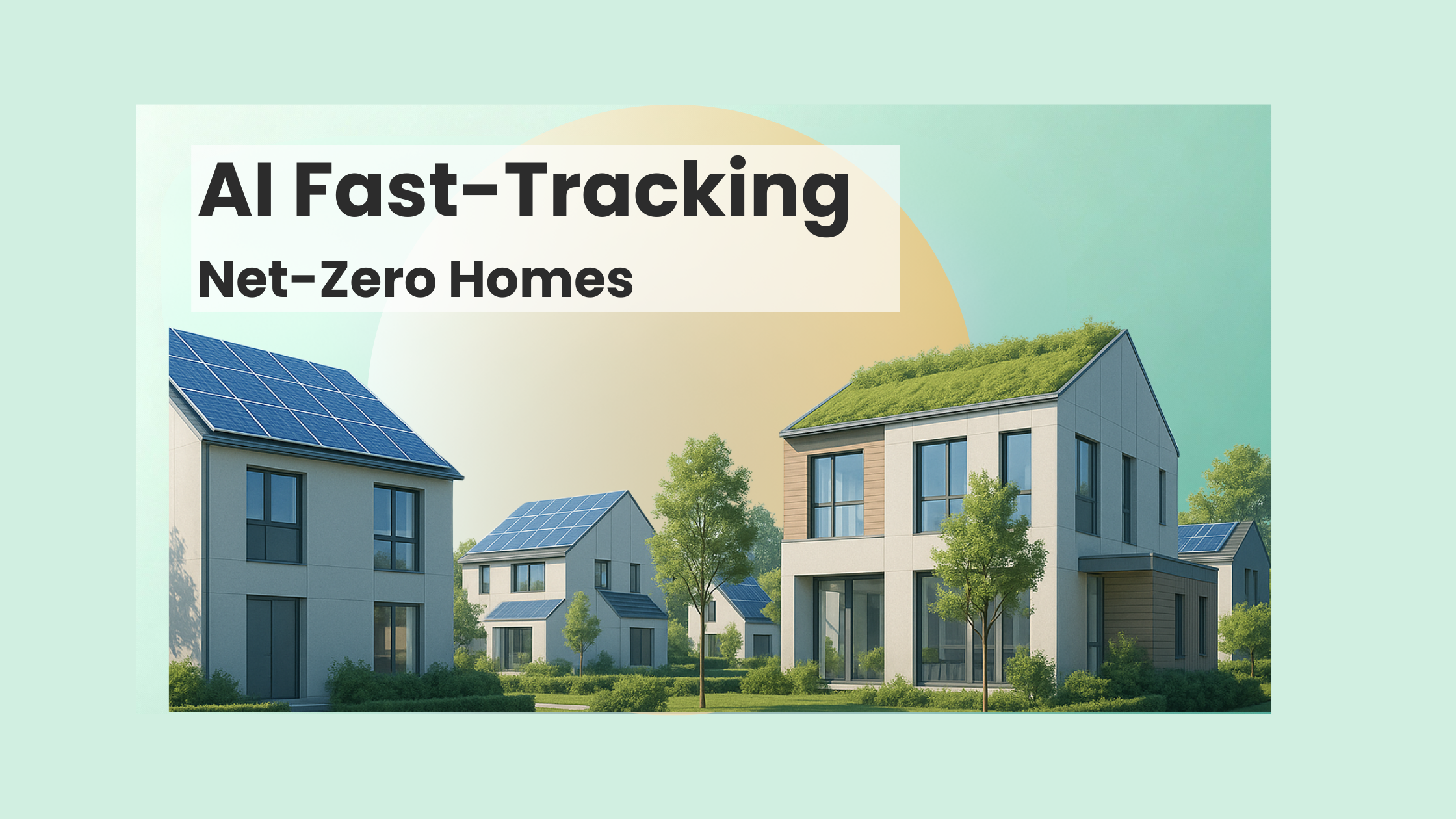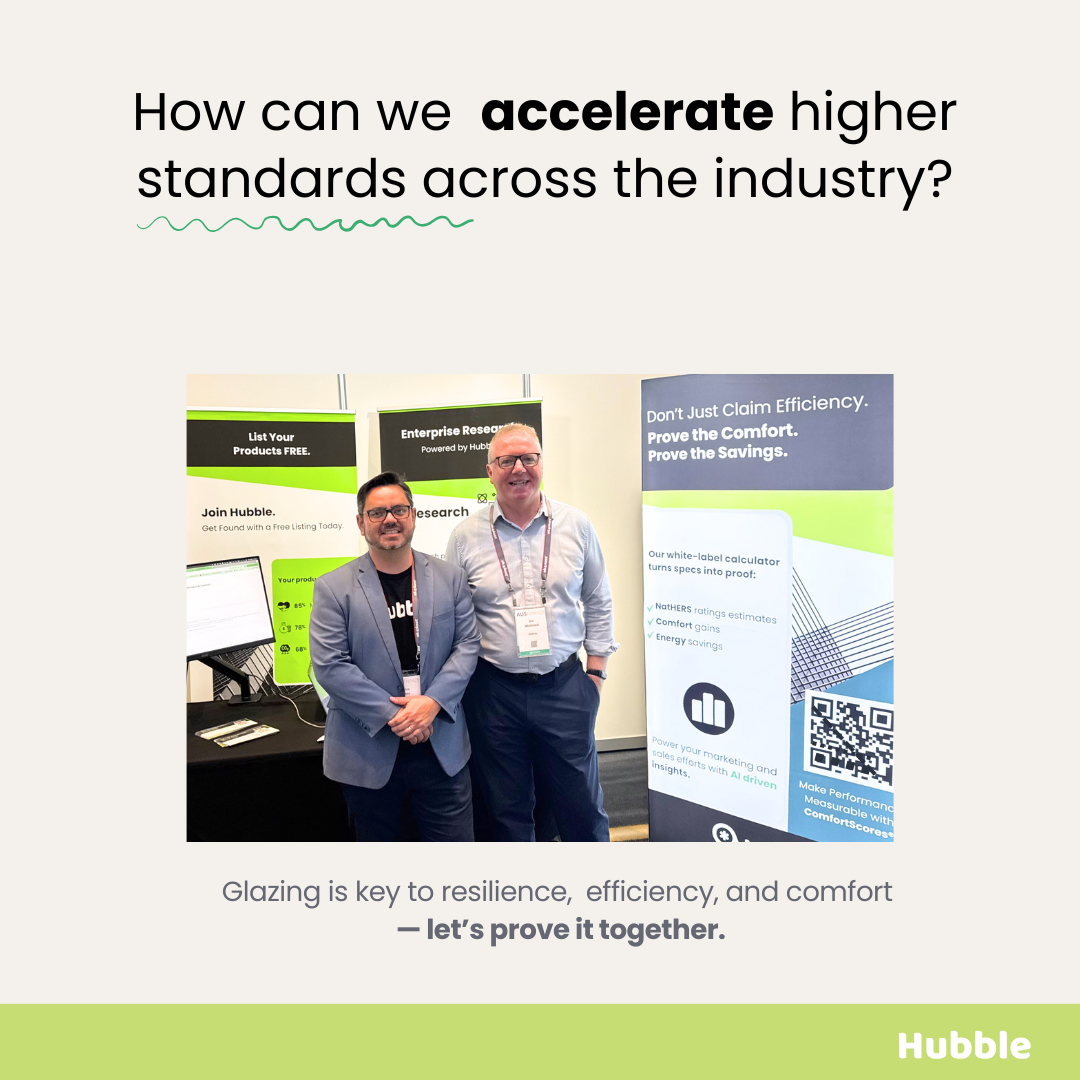How AI Helps Councils Fast-Track Net-Zero Housing Targets

How AI Helps Councils Fast-Track Net-Zero Housing Targets
For councils, net-zero isn’t just a vision — it’s a day-to-day challenge. You’re asked to measure housing emissions, decide on upgrades, find funding, show progress, and keep communities engaged. The hurdles are familiar: messy data, slow manual work, competing priorities, and limited resources.
This is where AI makes the difference. It brings speed, consistency, and clarity to how councils assess housing stock, design retrofit programs, monitor progress, and explain benefits. And importantly, new tools go beyond energy bills — they also account for the embodied carbon in materials, giving a full picture of a building’s impact.
What the world is already doing
Around the world, governments are already putting lifecycle carbon into practice. In Singapore, the Building Carbon Calculator (SBCC) helps measure embodied carbon in line with the Green Mark standard; it’s free, web-based, and designed to make accounting practical at scale. In London, the London Plan requires developers to submit Whole Life-Cycle Carbon assessments, covering both operational and embodied emissions. In the Netherlands, every new building permit must include an MPG score, which measures environmental performance based on materials’ lifecycle impacts. And across the European Union, the Level(s) framework provides a shared set of indicators for lifecycle performance, helping councils align local programs with wider policy.
The lesson: leading regions are moving past “operational energy only.” Councils that combine AI with lifecycle carbon assessments can act faster, align with regulations, and make better choices.
Where AI helps councils (in weeks, not years!)
AI helps councils move in weeks, not years. It can quickly bring together property records, billing data, surveys, and assessor files to create a defensible emissions baseline across thousands of homes. By grouping similar properties by age, type, or climate zone, councils can target upgrades where they’ll make the biggest difference first. With built-in scenario modelling, options like adding a heat pump and insulation versus improving windows and shading can be compared side by side, showing impacts on carbon, comfort, cost, and compliance clearly.
AI doesn’t stop at operational energy — newer models also estimate the embodied carbon in materials and assemblies, helping councils make data-driven choices such as retrofit versus rebuild, or steel versus timber. These insights strengthen program design, making it easier to write tighter briefs, build outcome-based contracts, and direct grants where they’ll deliver the most value. As programs roll out, AI-powered dashboards provide real-time tracking of emissions avoided, comfort improvements, and cost savings, keeping progress transparent. And when it comes to resident engagement, AI translates complex findings into plain language: “This upgrade could cut your bills by 30%.” When benefits are this clear, communities are far more likely to get on board.
How Hubble fits in
At Hubble, we use AI to turn complex building data into clear, useful insights. Our focus covers both:
- Operational energy and comfort — baselines, stock segmentation, and upgrade modelling to cut costs and emissions while improving liveability.
- Embodied energy and materials — estimates of embodied carbon for new builds and retrofits, so lifecycle impacts guide design and procurement.
A simple playbook for councils:
- Assemble the data, such as property records, statistical data and surveys.
- Create a fast, defensible picture of emissions, bills, and comfort.
- Design programs: based on outcomes, e.g not kit lists.
- Launch, meausre, iterate and share progress.
What success looks like:
With AI, councils can establish baselines in weeks rather than quarters, cutting out long delays and getting to action sooner. It also improves targeting, ensuring upgrades are focused where they deliver the biggest results. Crucially, lifecycle alignment means embodied carbon is considered from the start, not as an afterthought. And with real-time dashboards that align with local or EU frameworks, reporting becomes transparent, defensible, and easy to share with stakeholders.
Looking ahead
The trend is clear: lifecycle carbon will drive planning, approvals, and investment decisions. Singapore, London, the Netherlands, and the EU are already embedding it into policy. Councils that adopt AI-powered tools now will not only keep up — they’ll lead, securing funding faster and earning community trust.
Work with us
If you’d like to explore how AI can help your council accelerate net-zero housing — from embodied carbon estimates to upgrade pathways — we’d love to chat.
Get in touch to get an early invite — we’re always on the lookout for early adopters.



